Middle schoolers experience a great time of exploration and learning during these formative years. Explore these middle school STEM projects, designed to enhance STEM education by engaging students in hands-on learning. Pick which ones you want to try first.
Simply click the title of each lesson in the list to get the full lesson plan for these great STEM challenges that align with lessons for middle school science, technology, engineering, and math objectives. Alongside these projects, we also offer a variety of easy STEM challenges that can serve as introductory activities for beginners.
I’ve gone through all the educational subscription boxes for teenagers and put together the best ones in this resource, teenagers’ top STEM subscription boxes.
Table of Contents
STEM Activities for Middle School Students
1. I Breathe What?
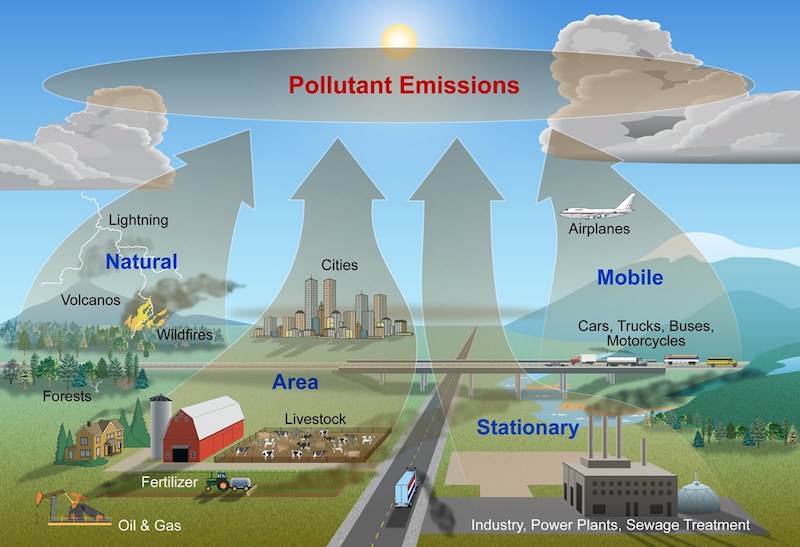
Students enhance their problem-solving skills and understanding of the scientific method by exploring air quality through pollen, dust, and particulates using their homemade ‘pollution detectors.’ They will hypothesize what causes the differences and explain why engineers look at the particulate matter when they observe air quality.
2. Design a Bridge
This is a fun way of using simple machines and various materials, students design bridges that can hold 100 pennies for 30 seconds without collapsing, teaching them fundamental principles of physics. Review engineering concepts such as load and force with your classes before they get started. Consider using craft sticks as one of the materials, which are great for learning about weight distribution and structural integrity.
3. Spaghetti Soapbox Derby
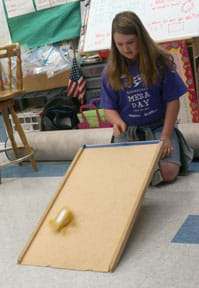
In this science experiment, pairs of students design, build, and test model vehicles made from dry pasta and hot glue, with the goal of rolling along a ramp and coasting as far as possible. This STEM activity focuses on using somewhat challenging materials in the best ways possible.
For an added challenge, students can use rubber bands to enhance the propulsion of their pasta vehicles.
4. Trail Planning Using Topographic Quadrangle Maps
This earth science activity first calls for familiarity with US Geological Survey quadrangle maps. Working within set guideline requirements, students then use these maps to design a good route for a new recreational trail.
5. Bikini Bottom Genetics
Students apply an understanding of genetics in an analysis of sea creature genotypes that live in SpongeBob SquarePants’ neighborhood. They predict traits of offspring with the use of Punnett squares.
6. Design a Wristwatch for the Visually Impaired
Help your students review the engineering design process. They will then research, model, test and evaluate wristwatches for individuals with visual impairments as an exercise in applying engineering skills in the areas of bioengineering and biomedical engineering.
Take a look at our review of Groovy Lab in a Box. It’s hard to convey, but after reviewing about a dozen educational STEM subscription services, Groovy Lab Box has the most well-thought-out lesson plans!
7. Use Your Shoe!
Teachers collect shoe size data from the class. As a group, they use the data to determine the mean, median, and mode. Students then use that information to make inferences about average shoe size and broader populations. This activity provides a review of how to calculate mean, median, and mode, along with methods to make inferences based on the sample.
While this article focuses on middle schoolers, we also recommend fun and educational STEM projects suitable for elementary students.
8. Mission to Mars
Following a storyline, task your students with completing various STEM challenges, including understanding chemical reactions through a Coke and Mentos experiment as part of a Mars emergency. Teamwork, engineering design, and the use of science topics in real life are all addressed.
9. Snack Time!
Using nutritional information labels from various packaged foods, students will organize and describe that info to show the data in a box-and-whisker plot, bar graph, and pie chart. This activity touches on both math and science standards.
10. No Valve in Vain
Teams of students employ the engineering design process to use tape and plastic tubing to create heart valve models. For this activity, the class reviews the engineering design process and the workings of a one-way valve.
For older kids, particularly high school students looking for more advanced challenges, please check out our article, The Best Science Sets for Teens.
11. Marble Speed Traps with Lego Mindstorms
Students review the formula for velocity. Using drag and drop programming, they code the speed traps to measure the distance between the sensors and time it takes the marble to travel between them. They design the course, write the code, convert units, evaluate, and make changes as needed.
12. The Million Dollar Project
Students imagine inheriting and spending 1 million dollars with specific guidelines of how they may use that money. They research on the internet, record all purchases, learn to write checks, and track all their spending, which reinforces various mathematical concepts.
13. Explore the Law of Inertia using a Fidget Spinner

Review the equations for torque and inertia with students. By removing lights (weight) from spinners, they can explore how the amount of time the device will continue spinning is affected by the mass.
14. Backyard Weather Stations
Working in groups, students describe the current weather and predict future conditions by observing cloud formations. They design backyard weather stations that could gather data for actual forecasting. Technologies for forecasting would be explored, along with weather basics.
15. Leaning Tower of Pasta
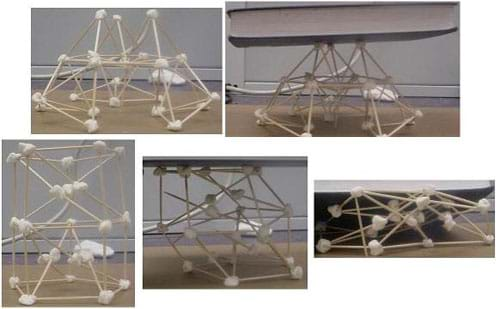
Review compression and tension in structure stability with your class. Students use math and engineering concepts to design and build structures with long, dry spaghetti and marshmallows, to find which ones can withstand the largest amount of load.
16. Cleaning the Great Lakes
What better way to understand environmental science than by having students use limited materials to discover how to filter pollutants from dirty water? Teachers may use this challenge activity along with earth science units about water pollution or those concerning local lakes.
17. Soil Biosolarization: Sustainable Weed Killer
Serving as agricultural engineers, students explore the effectiveness of this sustainable weed control technique that uses organic waste instead of poisons. By using seed starter pots, they plant “weeds” and test the use of organic matter, like oatmeal, to see if it kills the weeds, assessing the impact of products and systems.
18. Renewable Energy: Power Your School
In pairs, students use real data to assess the possible use of solar or wind power generation at their school. Using science, math, and engineering concepts, they explore the differences between these two methods, use maps for an analysis of potential, and look at factors related to the feasibility of renewable energy at their location.
19. Generate Your Own Ocean Currents!
Encourage critical thinking and understanding of real-world applications as students design and construct ocean models to study wind-driven currents. Through this challenge project, they will explore circulation patterns, the Coriolis effect, and the transfer of heat from the global ocean convection cycle.
20. Scaling Up Candy Wrappers
Students bring in their favorite candy bar wrappers, choose a scale factor (larger than 5), and enlarge their wrappers to that scale in a drawing on grid paper. Scaling up candy wrappers is not just educational, but also a lot of fun, teaching kids about the math concept of scale factor. They can then color and display their finished projects!
21. Rube Goldberg Machines
What is a Rube Goldberg Machine?
A Rube Goldberg machine is a deliberately complex contraption in which a series of devices perform simple tasks linked together to produce a domino effect, ultimately accomplishing a simple goal in a highly complex manner. Named after the American cartoonist Rube Goldberg, these machines are fantastic tools for teaching students about physics, engineering, and critical thinking.
Why Include Rube Goldberg Machines in Middle School STEM?
- Encourages Creative Thinking: Building these machines requires students to think outside the box and use their imagination to solve problems.
- Teaches Basic Physics Principles: Concepts like energy transfer, motion, and simple machines come to life in a Rube Goldberg project.
- Enhances Teamwork and Collaboration: Students often work in teams, learning to communicate and collaborate to design and build their machines.
- Develops Problem-Solving Skills: Students learn to troubleshoot and iterate, key skills in any STEM field.
Implementing Rube Goldberg Machine Projects
- Introduce the Concept: Start with a brief history of Rube Goldberg and show examples of Rube Goldberg machines, either through videos or illustrations.
- Define the Project Scope: Set clear goals and parameters. For example, each machine must have a minimum number of steps or complete a specific task.
- Materials: Encourage creativity by allowing a wide range of materials, from household items to recycled materials.
- Documentation: Have students document their design process, challenges, and solutions. This can be in the form of a journal, video, or presentation.
- Presentation and Reflection: Allow students to present their machines to the class. Encourage them to discuss what they learned and how they overcame obstacles.
22. Egg Drop Challenge
What is the Egg Drop Challenge?
An engaging physics experiment for middle schoolers, the Egg Drop Challenge involves designing a device to protect a raw egg from breaking when dropped from a height. It’s an excellent way for students to apply concepts of gravity, impact force, and material properties.
Why It’s Beneficial:
- Encourages creative problem-solving.
- Demonstrates physics principles like momentum and shock absorption.
- Promotes teamwork and collaborative skills.
Implementing the Challenge:
- Materials: Offer materials like straws, balloons, and craft sticks.
- Design and Build: Students design and construct their egg-protecting devices.
- The Drop: Test the devices by dropping eggs from a set height.
- Analysis: Discuss the outcomes, focusing on physics concepts and design strategies.
Curriculum Alignment:
This challenge complements the middle school physics curriculum, applying theoretical concepts practically.
23. The Index Card Tower Challenge
What is the Index Card Tower Challenge?
The Index Card Tower Challenge is a straightforward yet engaging activity that introduces students to basic principles of physical science and engineering. Using only index cards, students are challenged to build the tallest possible tower. This activity is the best way to demonstrate concepts like balance, gravity, and kinetic energy, making it perfect for kids of all ages, including younger kids.
Why It’s Essential in STEM Curriculum:
- Introduces Physical Science Concepts: Focuses on basic principles like stability and kinetic energy.
- Encourages Creative Problem-Solving: Challenges students to think innovatively using simple materials.
- Accessible to All Ages: Easily adaptable for different age groups, making it suitable for both younger kids and older students.
- Prepares for Future Careers: Develops foundational skills useful in various STEM fields.
Implementing the Challenge:
- Materials: Provide students with a stack of index cards.
- Build the Tower: Students experiment with different construction techniques to build their towers.
- Discussion on Physical Science: After the activity, discuss how forces like gravity and kinetic energy influenced their designs.
- Real-World Connection: Relate the activity to real-world structures and engineering challenges.
How It Fits Into STEM Courses:
The Index Card Tower Challenge is a versatile activity that can be integrated into various STEM courses. It encourages students to apply scientific principles and think critically about engineering challenges, making it a valuable addition to any STEM curriculum.
How To Make The Most Of These Fun STEM Activities for Middle School Students
Whether in STEM labs, at home, or in the classroom, engaging students with discussion questions throughout these hands-on activities is vital.
To connect with students’ interests, some of these STEM activities offer different ways, including the design or analysis of simple video games, blending technology with creativity.
We rounded up these projects specifically because they align with learning objectives and lessons for 6th to 8th-grade students. Ask how this applies to what they’re currently learning in class? What did the project demonstrate?
Let us know in the comments what your favorite Middle School STEM projects! We’d love to hear them.

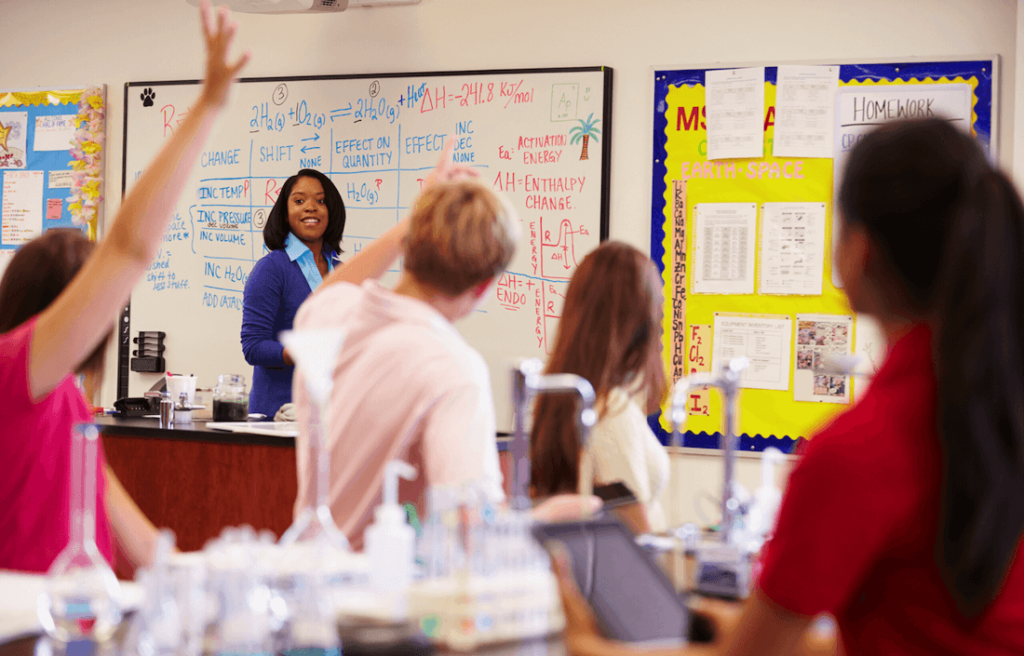

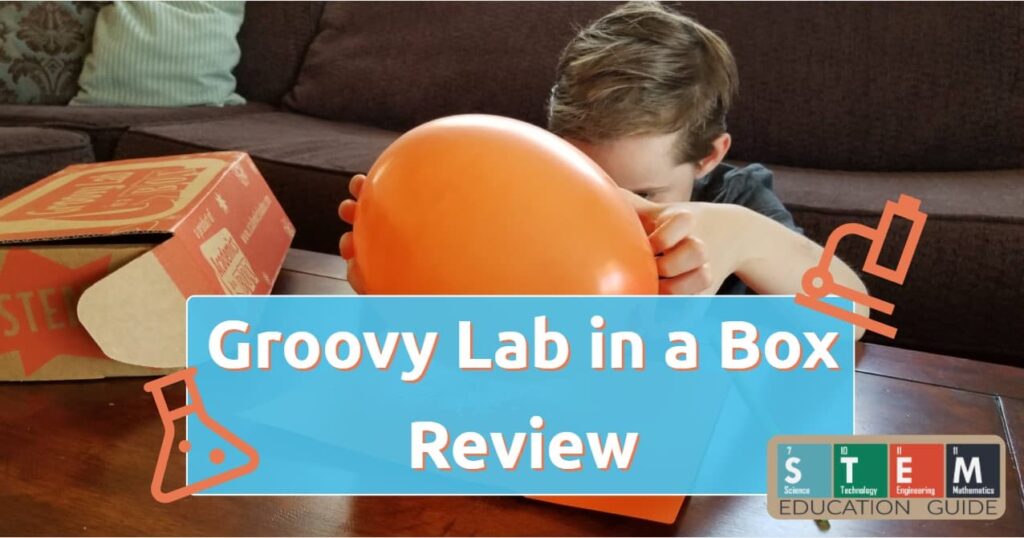
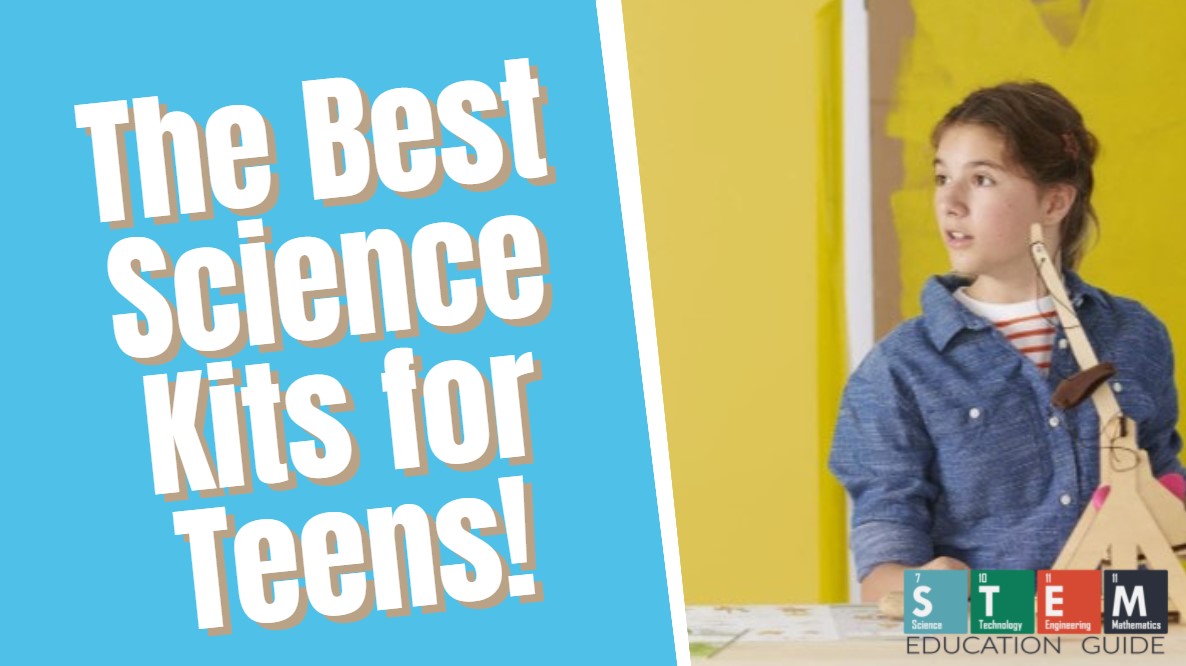


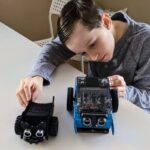




I taught bridge building to sixth grade students. The only thing I taught them was information and diagrams about trusses. They had to take notes for their own use during construction. Gave them the materials, formed groups and gave them them help without interfering with their own ideas. The amount of enthusiasm I have seldom seen in middle school. They were so excited they told their other teachers about the project. The bridges were beautiful and so strong. It was great to see the application of the trusses! I am all for STEM activities!
These are some great activities thanks for sharing and I’ll use them at my school.